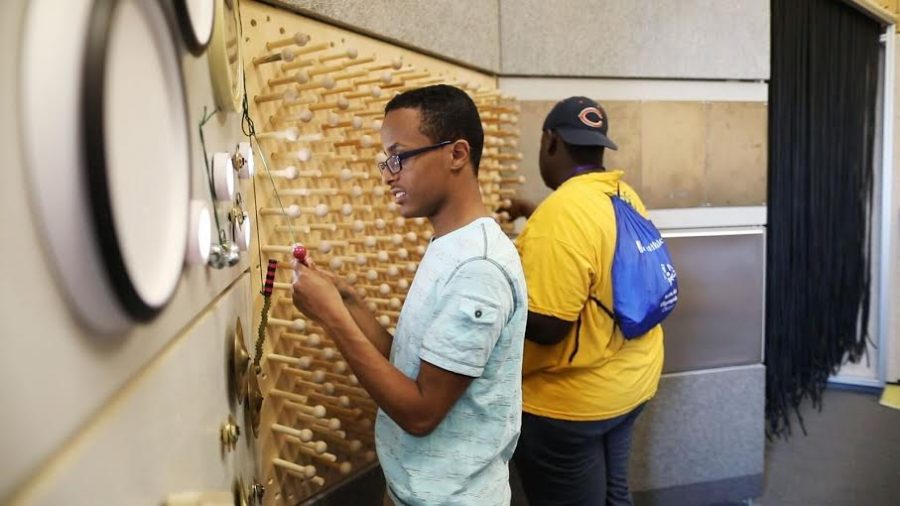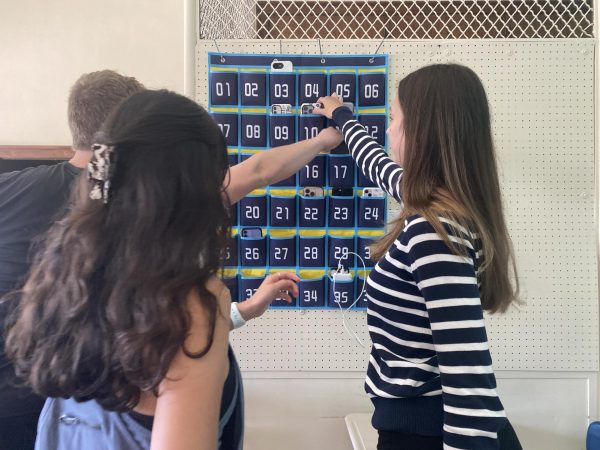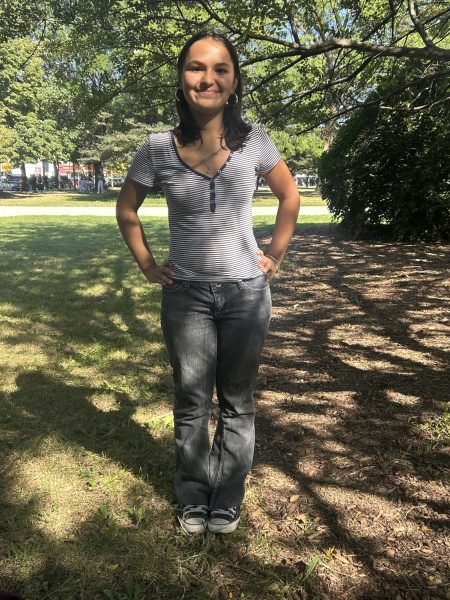Sensory room: first year in review
Diverse learner students utilizing the sensory room.
After a year of extensive preliminary research on sensory rooms, Lisa Adams, head architect on Lane’s Sensory Wellbeing Hub, said she is excited to continue improving the space and making impacts inside the school and beyond.
“The room has been really well received,” Adams said. “Kids are very excited to use it and the teachers and paraprofessionals are excited to have it as a tool too.”
One of Lane’s diverse learner teachers, Ms. Jones, agrees with Adams and has seen the room making helpful impacts in the classroom environment. However, the room has taken some time to adjust to.
“It is a learning curve for them [the architects] as well as us on just how to utilize it,” Jones said. “And they continue to keep coming back and working on it.”
Through the dedication of an important group of teachers and designers, the Sensory Wellbeing Hub, built late August, is constantly improving.
“We’ve had a couple of circumstances where some kids have over-loved the room and there have been a few of the artifacts in the room that have gotten damaged, so we’ll run out to make sure those artifacts are intact so the sensors can stay in use,” Jones said.
To help utilize the Sensory Wellbeing Hub more effectively inside Lane’s walls, the teachers are looking to make a system that is more individualized to each students needs, according to Jones.
“We have talked about maybe having a sensory profile for the students who are currently here and using it,” Jones said. “If they did a sensory profile for each individual student, they could customize it a little more, which I know is their plan for future designs.”
To address these needs, the architects from CitizenHKS have been returning to Lane on a pretty regular basis to work with the teachers and make improvements to the space, according to Adams.
“From time to time sensors may go down, something might not be working right and so we’ll visit the room to make sure that its addressed and the sensors get fixed,” Adams said.
One challenge the teachers face is trying to find a schedule that works best for the students, according to Jones.
“Every student is so different—we are just trying to figure out what the best time is for them to use it,” Jones said.
One of the diverse learners, Elliott Murphy, said the room has helped him when he needs to relax on his own time.
“If I have a headache, I go in the sensory room,” Murphy said. “I go in when I ask to feel better.”
Currently, the students go in the room if it’s scheduled for them to or if they need to calm down, according to Jones.
The Sensory Wellbeing Hub is a room specially designed to help the needs of children and students alike who have sensory disabilities.
“The sensory rooms are designed to assist someone in organizing, calming, relaxing, and seeking out sensory information,” according to Cara Koscinsk of Harkla blogs. “The goal of a sensory room is to provide a safe place for someone who has Sensory Processing Disorder (SPD).”
However, Adams has found through observations at the Sensory Wellbeing Hub that aspects of sensory rooms would be beneficial to general classroom spaces.
“Whether they have disabilities or whether they’re classified as neurotypical, I think any character benefits from having a rested space to kind of pull away from the stresses of their day-to-day experience,” Adams said.
Adams, along with other researchers and architects, plan to finish their observations through the school year and publish their findings on how the space is utilized and what features work.
Your donations directly fund the Lane Tech student journalism program—covering essential costs like website hosting and technology not supported by our school or district. Your generosity empowers our student reporters to investigate, write, and publish impactful stories that matter to our school community.
This website is more than a publishing platform—it's an archive, a research tool, and a source of truth. Every dollar helps us preserve and grow this resource so future students can learn from and build on the work being done today.
Thank you for supporting the next generation of journalists at Lane Tech College Prep!

Samantha Sorich is a junior at Lane Tech and quite active. She has been a player for the Lane Tech varsity soccer team since Freshman year. Now adding...

Simone Brenner is an A&E Editor for the Warrior. She is passionate about writing and learning new things about the people at Lane and events going...




